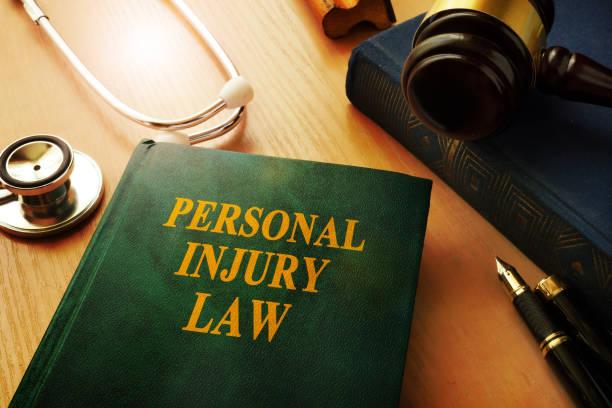
If you’ve been injured due to someone else’s negligence, filing a personal injury lawsuit can help you recover compensation for medical bills, lost wages, and other damages. However, before you start the process, it’s essential to choose a personal injury attorney who can guide you through the legal proceedings and ensure that your rights are protected. Understanding the steps involved can also alleviate stress and help you feel more prepared.
Discovery Phase
The discovery phase is the first significant step after a lawsuit is filed. This stage allows both parties to gather evidence, investigate the facts of the case, and understand the arguments each side will present. It is a crucial time for determining the strengths and weaknesses of your case.
During discovery, your attorney will request documents, ask questions, and possibly interview witnesses. The opposing side will do the same. This process helps clarify the facts, which can lead to settlement discussions. If no settlement is reached, the information gathered will be used to prepare for trial. Discovery can be time-consuming, but it ensures that all parties are fully informed before heading to court.
Written Discovery
Written discovery is one of the most common methods used during the discovery phase. It involves exchanging detailed information in written form between both parties. There are several tools that lawyers use in written discovery:
- Interrogatories – These are written questions sent to the opposing party that must be answered under oath. The answers provide valuable information about the case, including facts, timelines, and the identities of witnesses.
- Requests for Production – This is a request for documents and other physical evidence related to the case. Medical records, police reports, and photos of the accident scene are examples of the types of documents that may be exchanged.
- Requests for Admission – These are statements that the opposing party must admit or deny. The purpose of this tool is to establish certain facts as true, so they don’t need to be debated at trial.
Written discovery can take months to complete, as parties often need time to respond, object, or gather the necessary documents. Your personal injury attorney will handle this on your behalf, ensuring that all relevant information is collected and shared appropriately.
Deposition
A deposition is another crucial part of the discovery phase. It involves giving sworn testimony outside of the courtroom. Both parties in the lawsuit, along with any witnesses, may be required to participate in depositions.
During a deposition, attorneys for both sides ask questions, and the responses are recorded by a court reporter. This testimony is considered evidence, and it can be used during the trial if needed. Depositions allow attorneys to assess how witnesses will perform in front of a judge or jury, and they may also lead to settlement discussions if one side feels their case has been weakened.
For those involved in a deposition, your attorney will prepare you in advance. They will explain the types of questions you’ll likely face and advise you on how to respond effectively. It’s important to remain calm, answer truthfully, and avoid speculation.
Trial Process
If the case doesn’t settle during discovery, it will proceed to trial. This is where the evidence collected during the discovery phase is presented before a judge or jury, who will ultimately decide the outcome of the case. A trial typically includes the following stages:
- Jury Selection – In cases where a jury is required, the trial begins with jury selection. Both parties’ attorneys will question potential jurors to ensure an impartial panel is chosen.
- Opening Statements – Both sides have the opportunity to present an overview of their case. Your attorney will outline how the evidence will support your claim for damages.
- Presentation of Evidence – This is the heart of the trial. Both sides will present evidence through witness testimony, expert analysis, and physical documentation. The opposing side will have the opportunity to cross-examine witnesses.
- Closing Arguments – Once all evidence has been presented, each attorney will summarize their case and argue why the judge or jury should rule in their favor.
- Deliberation and Verdict – After closing arguments, the jury (or judge, in a bench trial) will deliberate and reach a verdict. If the verdict is in your favor, the court will determine how much compensation you should receive. If you lose, you may have the opportunity to appeal the decision.
Conclusion
The personal injury lawsuit process can be complex and time-consuming, but understanding the key stages can help ease the stress. From discovery to trial, each phase plays a critical role in building your case. By choosing a personal injury attorney to represent you, you’ll have a knowledgeable advocate who can navigate the process, fight for your rights, and strive to secure the compensation you deserve.
Write and Win: Participate in Creative writing Contest & International Essay Contest and win fabulous prizes.


